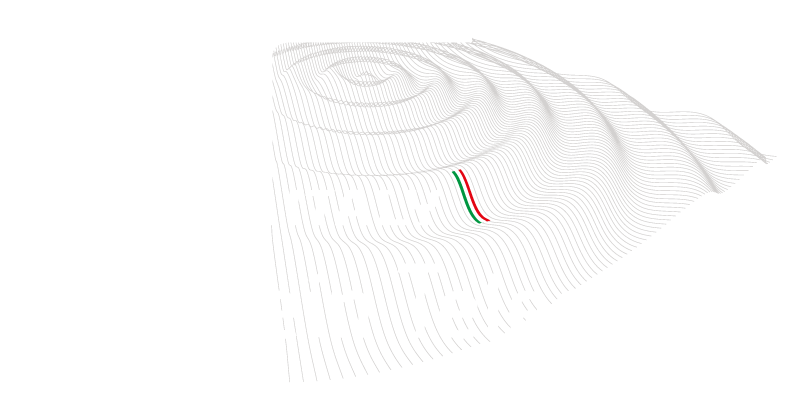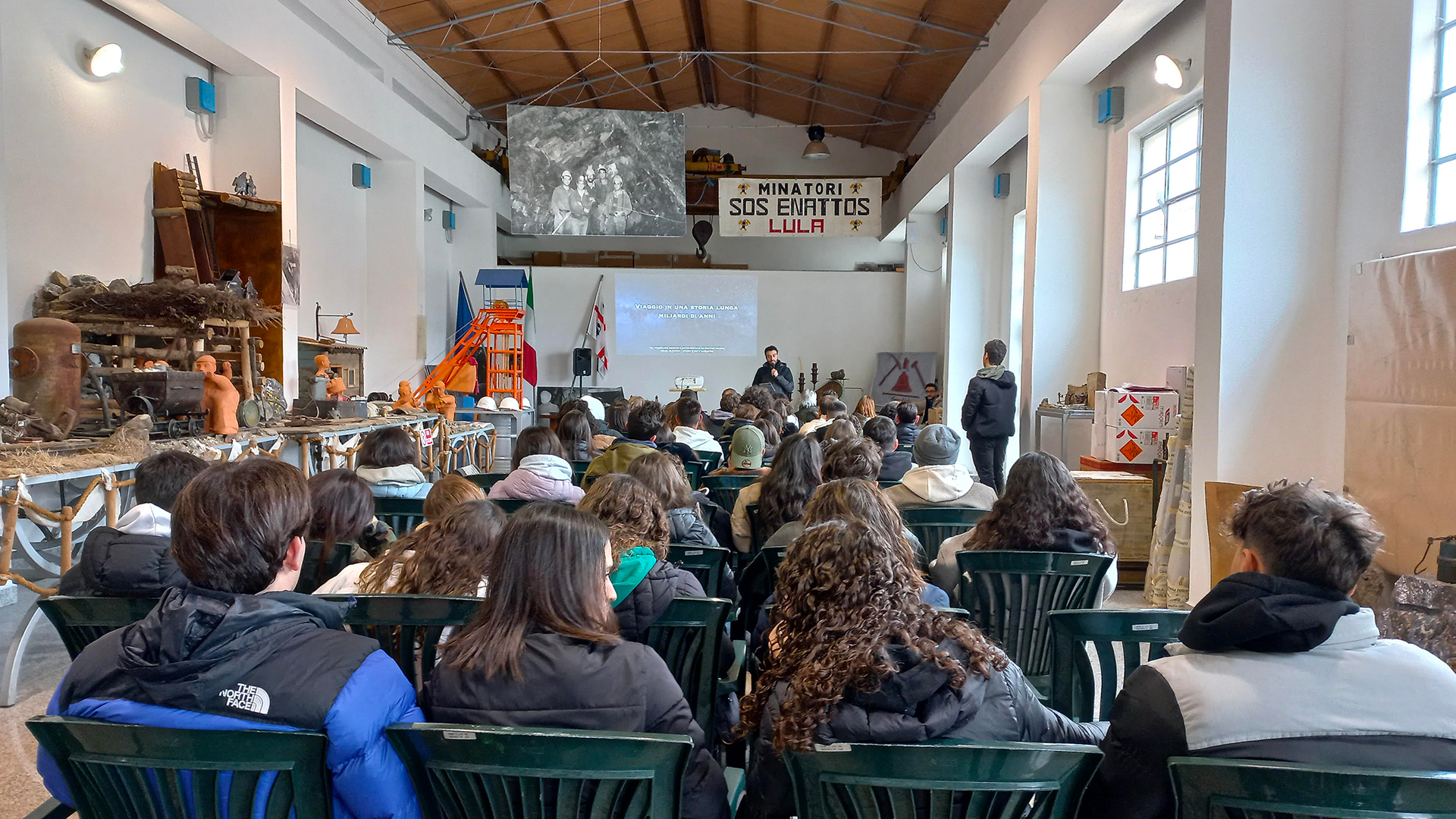by Gloria Nobile
Sardinia, 2035: A physicist from the Einstein Telescope collaboration is in the experiment control room checking for data and parameters coming from the detector. While working, he reflects on his past: his studies, career, and life as a researcher and, at that moment, he is transported back in time. During the journey, from Sardinia to the origin of the universe, he describes its structures and observes phenomena such as the merging of black holes. He thus manages to explain the formation and propagation of gravitational waves of which, back to the control room, he detects a signal.
This story, titled “14 billions years old journey”, was presented to 200 students from five high schools in Sardinia. The activity, designed at the department of physics of the University of Cagliari and the Cagliari section of the National Institute for Nuclear Physics (INFN), investigated the effectiveness of using stories as a strategy for teaching and learning science. The results of the study were published in the journal “Physics Education”.
«This is the first work in Italy in which the name of ET is associated with “education” rather than “outreach”», explains Matteo Tuveri, first author of the study. «And it is the beginning of a process of scheduling physics education activities within the ET collaboration».
In particular, through theatrical and narrative techniques, topics such as black holes and gravitational waves were introduced, sometimes with inserts of physics in the Sardinian language aimed at building an imaginary and visual thinking of invisible phenomena.
«The Sardinian language inserts in the monologue are poems, rhymes or idioms», Tuveri specifies. «This component within the activity – although in very small amount – is functional to the tell, of which it reinforces the narrative power and the character’s identity, also linked to the place where ET is located in the story».
Although these teaching and learning practices mostly occur in informal settings, the results of this research, obtained from a questionnaire administered to students, indicate storytelling as a valid methodological teaching tool and a means to overcome content-related difficulties. Indeed, students from humanities perceived the artistic and linguistic tool of poetry as significantly more effective in approaching physics, rathar than their scientific peers.
«Not everyone has to study physics, and not everyone will work on the Einstein Telescope project. But many maybe will, because ET has the potential to attract a large catchment area», Tuveri concludes. «Through the methods and stories of physics, the scientific method can be learned. Using storytelling in schools to promote contemporary physics, like that of ET, not only fosters a positive attitude towards science, but also can steer students towards STEM or STEAM (Science, Technology, Engineering, Arts, Mathematics) careers».

